
No Secret Code Required
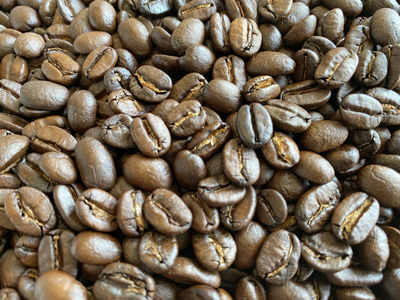
The key to both taste and feel on the palet. Nothing can beat the flavor profile of a rich, smooth cup of coffee made with freshly roasted quality coffee beans. Cheep beans are often over roasted to hide the qualities of the been itself. Look for roasts that are processed in small, controlled batches. A bean's useable life is less than 4 weeks once roasted. Do NOT fridge/freeze. Grind moments before use.
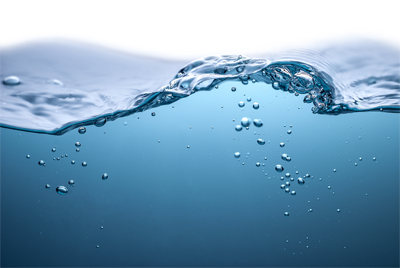
Clean, cool water is a great place to start. Some argue that spring water is the best and avoid demineralized water. I use RO (demineralized) or bottled spring water. Good tasting water is a must; thus most tap water is the worst. Start your testing with quality bottled spring water.
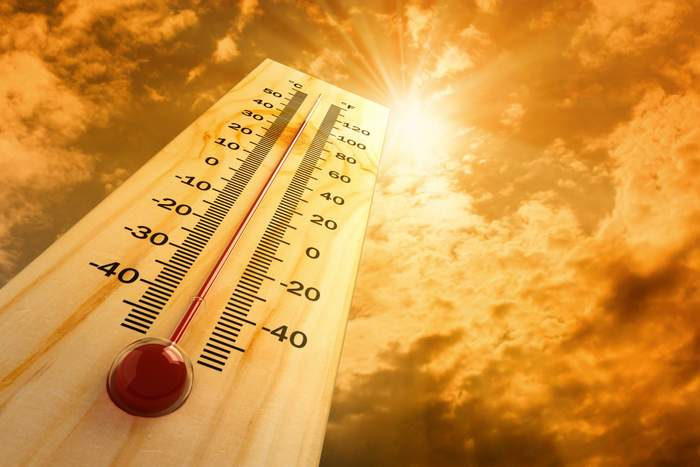
Use water between 195 and 205 degrees for the brew cycle. Hotter water can produce more acid tastes. Thus, it can be better to keep the temps a tad cooler for the brew, and be sure to prewarm the cup to ensure a hot cup of coffee. Overly acid and rancid oil extraction with hot water is especially an issue if you use beans that are not fresh (2-4 weeks or greater from roast).
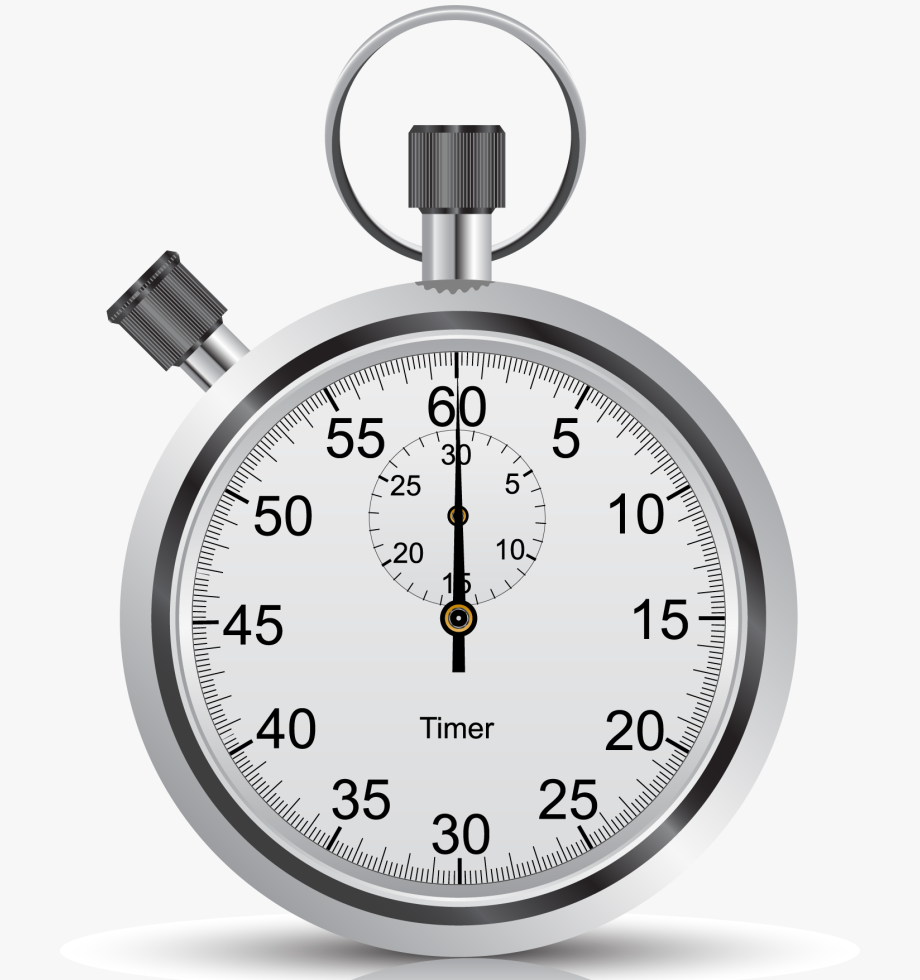
Time is VERY influential to taste, and needs to align w/ grind size. Big grind and lighter roasts need more time (think French Press), to the contrary, Fine grind, and darker roast need less time (think espresso).
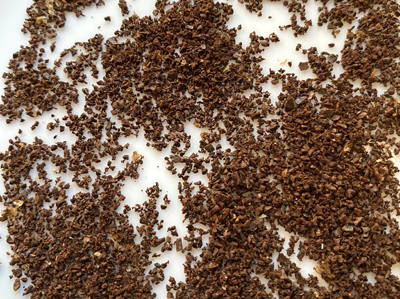
So so important. Consistent grind w/ a slow grinder (burr) is a must. Spinning blades will burn and powder your precious investment in beans. Be sure to grind immediately before brew, and used a top name burr grinder - this is key to a good cup of coffee. Expect to pay up to $250 to get you into the right ball-park . . . . just saying.
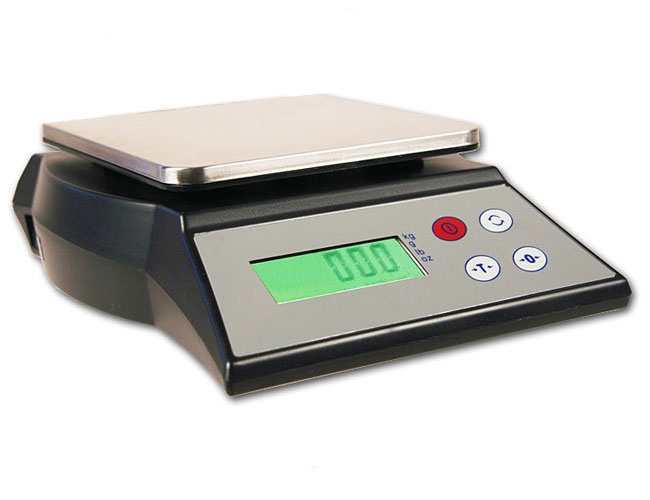
Consistancy is the name of the game. Whether it's by the spoon, or gram (my preference), take notes on amount of coffee used to ensure only one variable is being adjusted between tests.
There are many ways to transform dry ground coffee beans to your favorite cup of coffee. Below are a few of my personal favorites, each with a couple of hints on what to watch for. It's about experimentation, patience, and maybe a notepad . . . .
All of which should start with quality coffee beans. ;)
Simple and effective. The key to a good pour over is to get your grind spot on. For pour over, a medium grind is a good starting point. It goes without saying that your beans should be fresh, and water temps correct. Because you have very little control over contact time, there is some element of 'chance' or 'luck' involved. But consistant fresh beans and grind will get you real real close to a consistant cup of coffee.
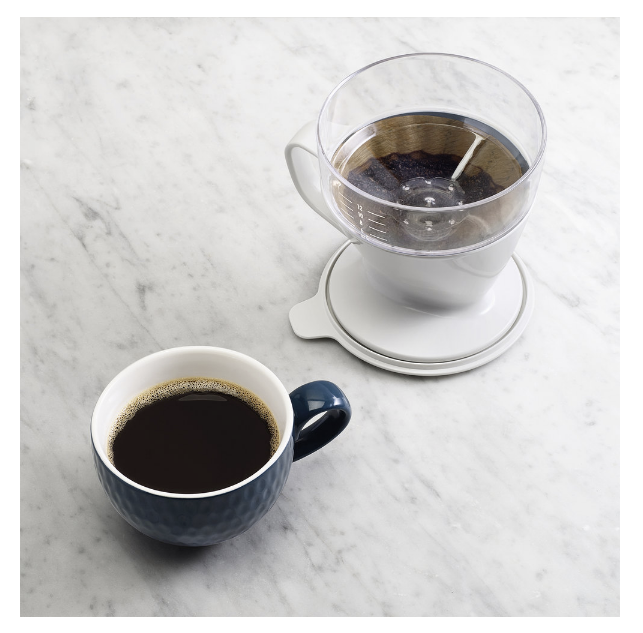
My personal Saturday morning favorite. Basic recipe is: 19g of fresh ground beans, 330g of 200-degree water. Simply pour, stir, and start the 4-minute timer. Pour 10oz of fresh coffee into a warmed mug. Because of the long contact time, it is important to get fresh beans to lower bitterness, as well as use a very course grind on your quality burr grinder. This is naturally higher in caffeine and acid due to the longer contact times.
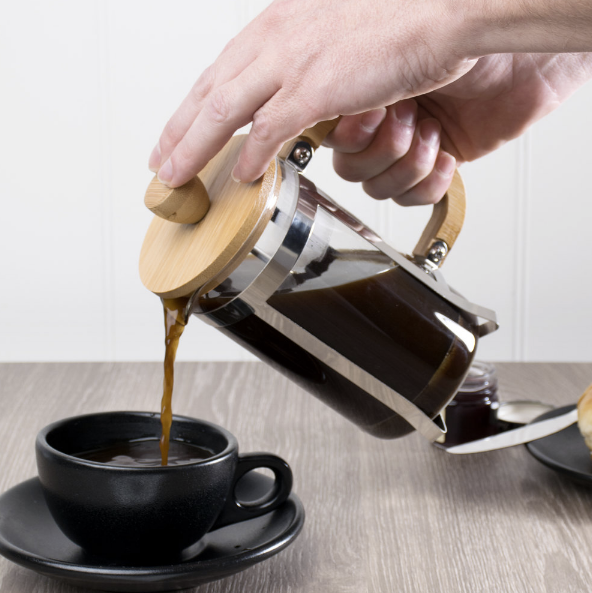
Many cold brews do not look like this picture, but none-the-less, cold brew is all the new rage, (thanks to some marketing by a large coffee house). For each their own, it's not my personal 'cup of coffee', but long contact and cold water extraction speaks to having course grind and very fresh beans for a good cup of java. Needless to say, the fresher the beans, the better you will be as the long extractions will pickup any rancid oil flavors of old 'warehouse quality' beans.
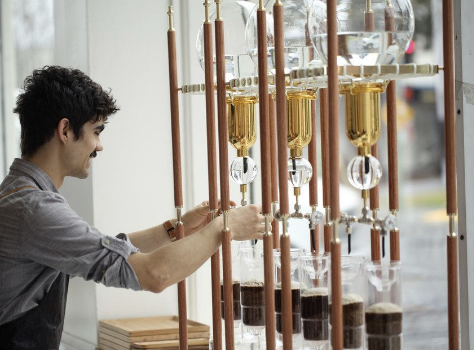
Turn back the clock to pre-K Cup and this was the 'go-to' in so many American homes. Like the pour over, there's so little control, so little one can do to improve the experience. I would suggest ensuring you get a high-quality machine that can produce consistent water temps, and most of all has an insulated carafe, not a glass pot on a burner. Medium grind, quality fresh beans, and good water will get you in a good place. Above all, use enough grind! (about 100 grams for a 12-cup pot)
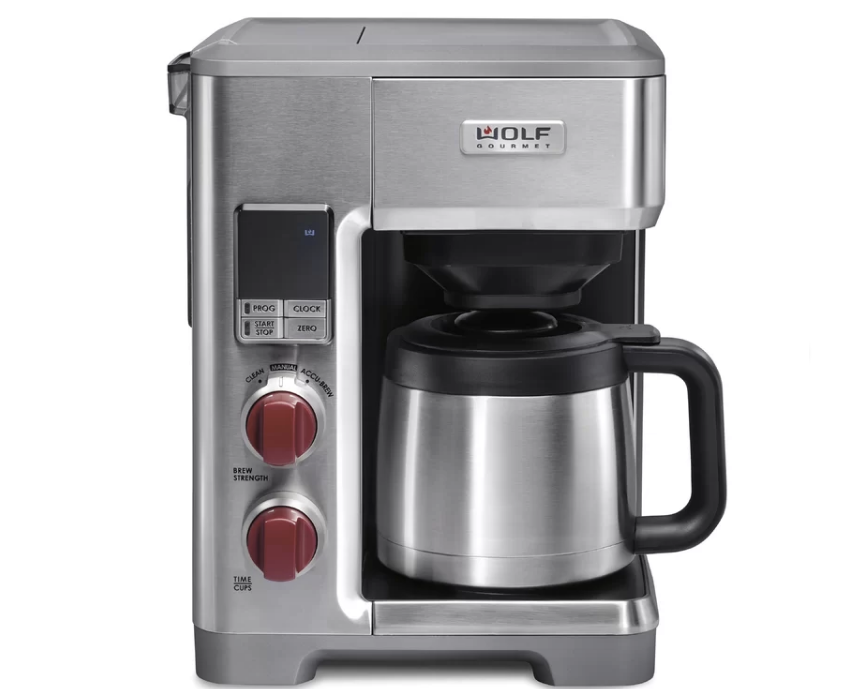
The best of the best? It all depends on how you like your coffee. The espresso shot is the standard for MANY drinks, especially in the coffee houses; 18 seconds to produce 2oz of magic potion. With lower caffeine, more taste, and VERY LITTLE acid, it's a great method of producing coffee when you have the finest beans. The Super Automatic brings the very best to your counter, with no waste of beans or time.
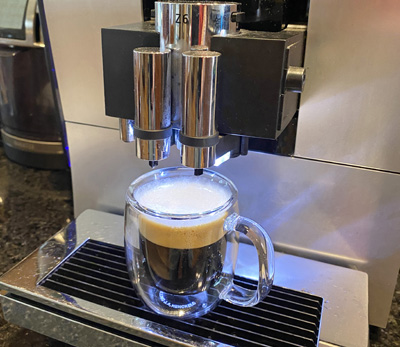
The new 'go-to' in so many American homes. This machine gets made fun of by coffee snobs around the world. But – there is hope. Get away from those wasteful K-Cups filled with dehydrated coffee product and move to a reusable refillable pods. With the addition of a quality fresh roasted beans, a quality grinder . . . a great cup of coffee is only moments away. Grind 14g, fill cup, brew, and rinse the K-Cup in the sink. It’s that easy. Today’s Keurig’s reach the temp needed to get you where you need to be. Be sure to pre-warm the cup.
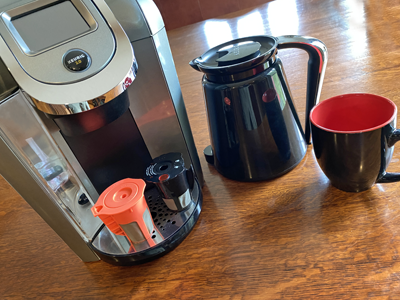
It takes a fair amount of trial and error to get your favorite brew 'tweaked' in. The number one ingredient that influences flavor is the age, origin, roast, and type of coffee bean used. Be sure to start with the best micro lot roasted beans to ensure success! (see products page)